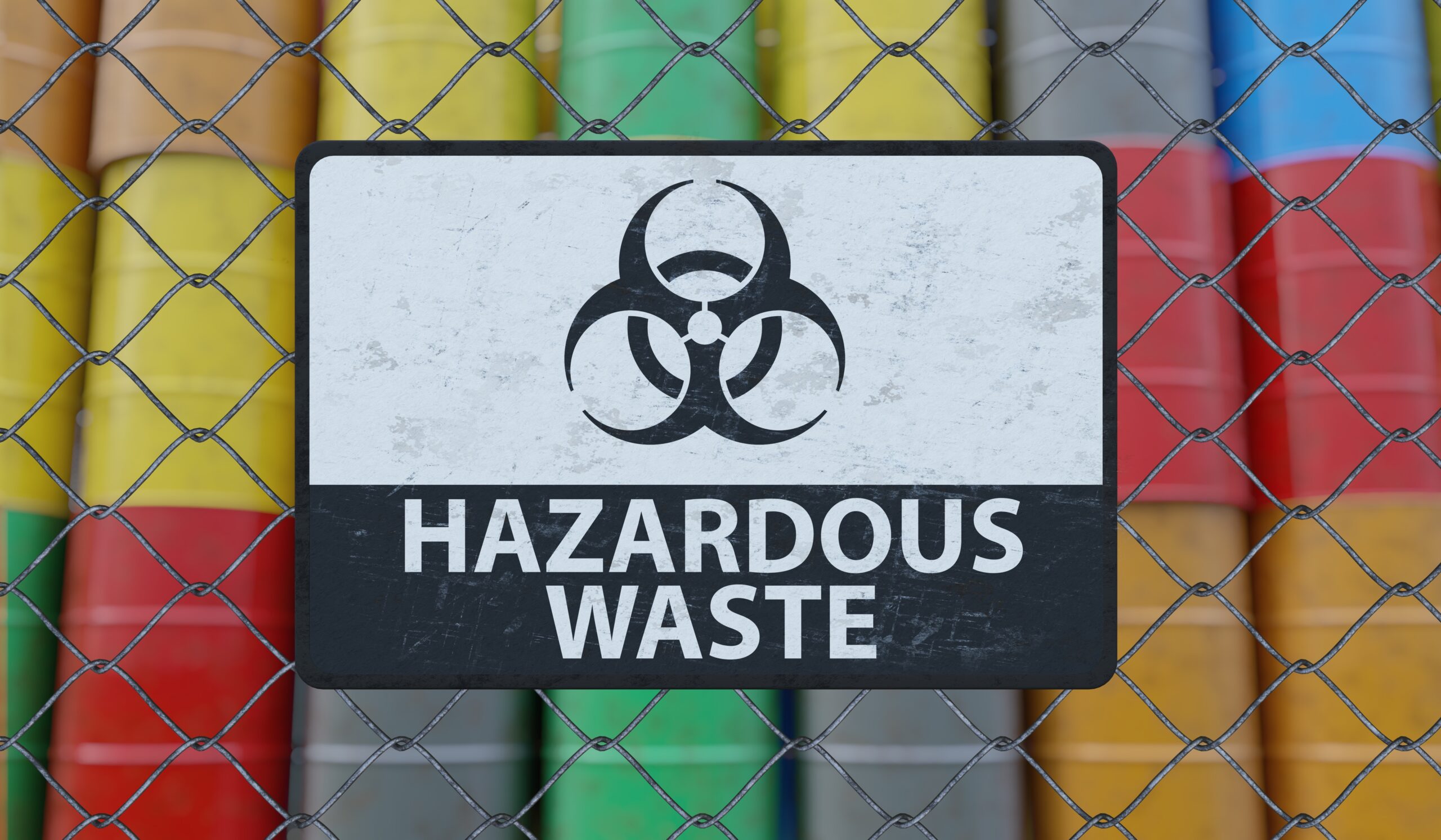The proper management of hazardous waste is essential for safeguarding the environment and ensuring public health.
This comprehensive article explores the basics of hazardous waste management, focusing on the crucial practices required to handle these dangerous materials safely and effectively.
Identifying Hazardous Waste
Hazardous waste, including hazardous chemical wastes and characteristic hazardous waste, encompasses substances that pose serious threats to human health and the environment.
The first step in a robust hazardous waste management program is to recognize the different types of hazardous waste generated—whether solid waste, liquid waste, or radioactive material.
The Environmental Protection Agency (EPA) mandates that hazardous waste generators properly identify all hazardous substances to comply with hazardous waste regulations.
Risks of Improper Hazardous Waste Disposal
Leaking hazardous waste poses significant risks, such as groundwater contamination and air pollution. The health implications are severe, affecting both environmental health and human health.
Moreover, non-compliance with hazardous waste disposal regulations can lead to serious legal and financial repercussions.
Best Practices in Hazardous Waste Management
Effective hazardous waste management involves minimizing waste at the source and employing a comprehensive hazardous waste management system for the waste generated.
Safe storage in properly labeled storage containers, along with strict adherence to emergency procedures, forms the backbone of managing hazardous waste. Additionally, facilities must ensure secondary containment to prevent any accidental leaks or spills.
Hazardous Waste Disposal Methods
The disposal of hazardous waste can be handled through various methods, including hazardous waste incineration, secure landfill operations with double leachate collection systems, and biological treatment at specialized treatment plants.
New disposal facilities are also exploring more advanced and less impactful methods, such as deep well injection and the use of impermeable liners in landfills.
Regulatory Framework for Hazardous Waste Management
Navigating the complex landscape of hazardous waste regulations is crucial. The Resource Conservation and Recovery Act (RCRA) provides the framework for the treatment, storage, and disposal (TSD) of hazardous waste.
Compliance with these regulations is mandatory for all hazardous waste generators, and understanding these laws helps ensure that hazardous materials are managed in an environmentally sound manner.
Innovative Trends in Hazardous Waste Management
Recent advancements include improved recycling technologies for organic wastes and regulated wastes, enhanced physical treatment processes, and the development of more effective leachate collection systems. These innovations aim to reduce the negative impact of waste streams on natural resources, promoting the proper disposal and recycling of hazardous waste in a safe manner.
Community and Workplace Safety
Maintaining safety in communities and workplaces involves rigorous training in emergency response and the proper management of hazardous materials.
Effective hazardous waste management programs also emphasize the importance of community involvement and public education to increase awareness about the risks associated with improper disposal of hazardous waste.
Conclusion
The management of hazardous waste is a critical issue that requires meticulous attention and strict compliance with environmental and public health regulations.
By adopting the final steps outlined in this guide, entities can manage hazardous waste more effectively, ensuring a safer environment for current and future generations.

